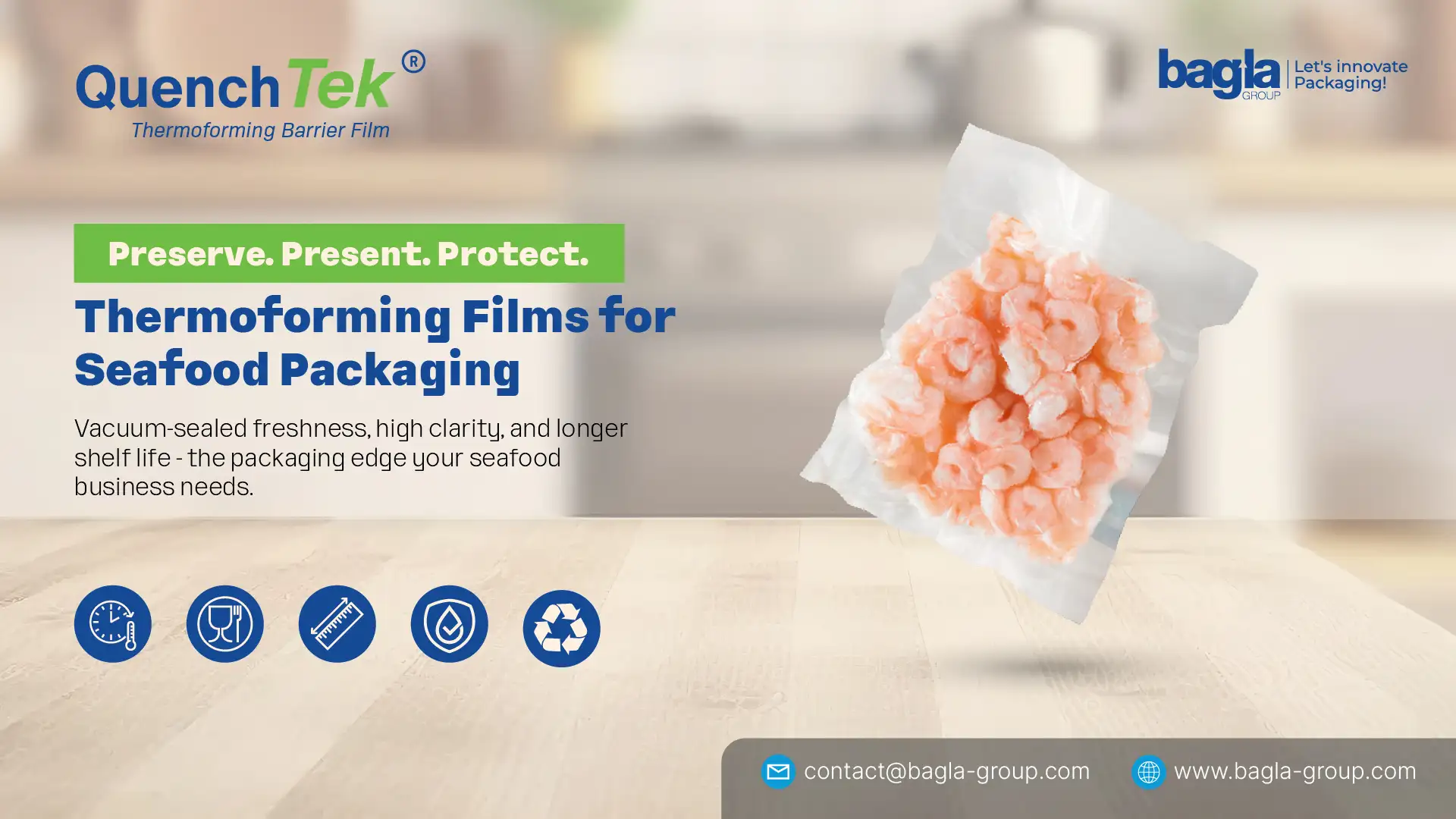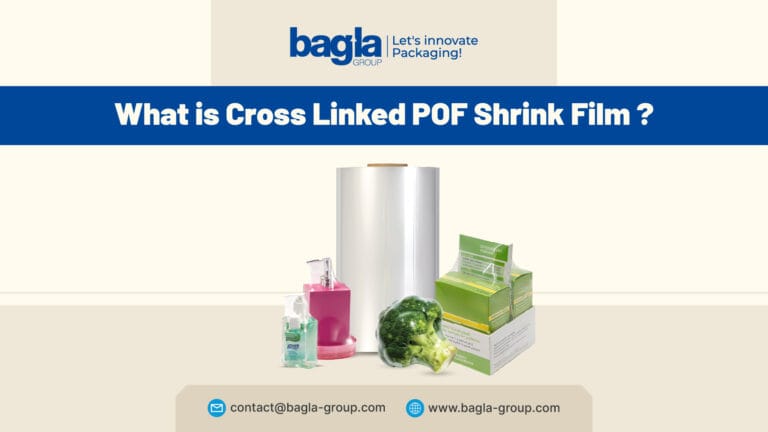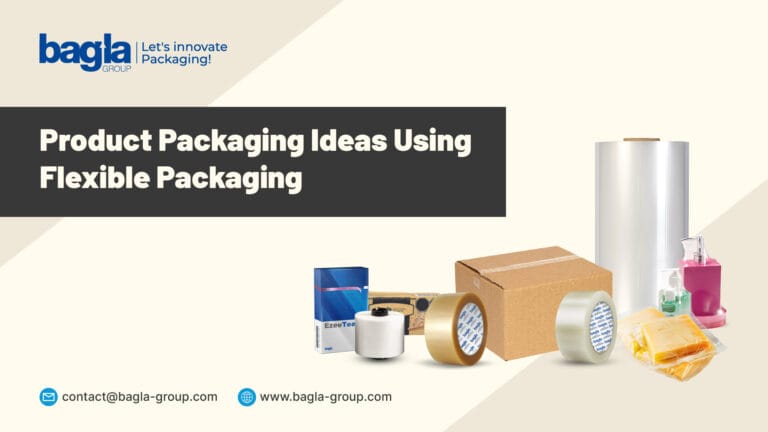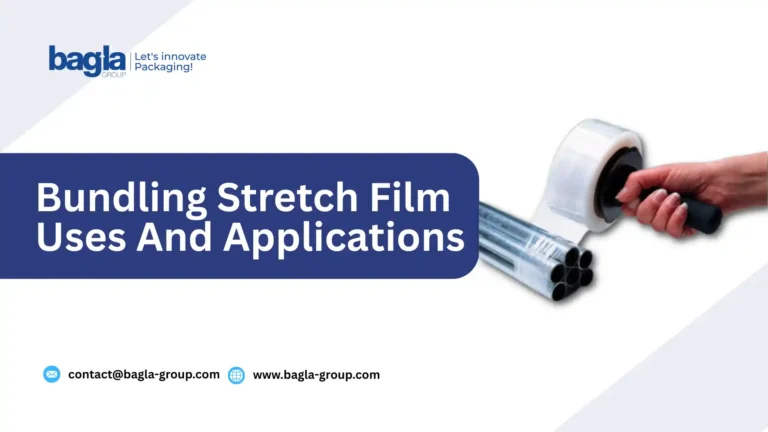In the rapidly growing seafood industry, where freshness, presentation, and safety are the primary objectives, proper packaging has the power to change everything. Adopting thermoforming films for seafood packaging can be impactful for your business and will help you stand out in the competitive market with premium materials.
Whether you are packaging fish, shrimp, or ready-to-cook products, this article will provide you with a comprehensive understanding of the type of thermoforming packaging material to use.
What Is Thermoforming Packaging Film?
Thermoforming films are thin plastic sheets that become flexible when heated, allowing them to be shaped into various forms through the use of vacuum or pressure. It would be heated and then formed over a mold to create trays or pockets to hold products such as seafood, meat, or ready-to–eat food items. Once heated and formed, a top sealing film is applied to enclose a protective, airtight package.
Why Thermoforming Packaging Is Efficient For Seafood?
Thermoforming Seafood Packaging is productive in many ways. Using these films results in a secure, hygienic, and often vacuum-sealed pack that extends shelf life and enhances product visibility. This type of packaging is widely used in:
- Retail-ready seafood trays
- Vacuum skin packaging (VSP)
- Modified atmosphere packaging (MAP)
- Frozen or chilled seafood products
It’s designed not just for function, but also for presentation, making seafood appear fresher and more appealing on shelves.
Benefits Of Thermoforming Films For Seafood Packaging
Seafood is one of the most perishable food categories. Spoilage, spillage, and loss of visual appeal can encumber a significant loss of dollars and negatively impact our brand. While thermoforming seafood packaging films will help mitigate many of these factors.
- Shelf Life: Vacuum sealing or providing modified atmospheric conditions in our thermoformed trays will remove or greatly limit the available oxygen to grow bacteria, and offer 30% more shelf life (depending on the product and storage conditions).
- Leak-proof hygiene: Seafood will leak when held in storage. Thermoforming packages are meant to limit leak potential, which mitigates contamination concerns and keeps our shelves tidy.
- Presentation: Using clear conformable films will ensure the seafood stays in position and visible. Our customers should see the seafood packaged in a way that allows them to visually determine that it is fresh.
- Branding potentials: Thermoformed trays and films can either have direct print options or include QR codes, full-colour labels, etc. Adding all the customized options to thermoforming Seafood Packaging in a way that enhances our brand creates additional trust and loyalty from our customers.
Key Features of Thermoforming Films For Seafood Packaging
At Bagla Group, we provide top-grade packaging materials designed specifically for thermoforming applications. Here’s why this method is the ideal choice for seafood packaging:
- Custom Fit: Adjusts to the shape of seafood for a better fit and hold.
- Freshness Protection: High barrier thermoforming films inhibit air and moisture to give you a longer shelf life.
- Leak-Proof: Strong seals allow for leak-proof packs, even if you’re packing wet or frozen seafood.
- Clear Visibility: Top of the pack is clear to provide adequate visibility to the buyers.
- Food Safe: Durable structures made from materials that are suitable for direct food contact.
- Eco Options: Offered as recyclable or lightweight material.
- Automation Ready: Works well on high-speed automation machines for fast packing.
Two Types Of Thermoforming Seafood Packaging Films
There are two types of thermoforming barrier films that are widely used for packaging seafood, i.e., medium barrier thermoforming films and high barrier thermoforming films. For better understanding, each type is elaborated below:
- High barrier Thermoforming Film: QuenchTek HB (High Barrier Thermoforming Film) is designed for maximum protection and extended shelf life of perishable seafood products. In high barrier, we have PA/PE/EVOH composition.
- Medium Barrier Thermoforming Film: QuenchTek MB (Medium Barrier Thermoforming Film) is an economical and flexible packaging solution for chilled and fast-moving seafood products. In a medium barrier, we have PA/PE films.
Materials Used in Thermoforming Seafood Packaging Films
Specific packaging material is needed for different seafood products. Some common examples are:
- PET (Polyethylene Terephthalate) is a plastic that has excellent clarity and can be recycled.
- PP (Polypropylene), which is resistant to heat and supports microwaveable products.
- PE (Polyethylene), which is valuable for its sealing capacities and is used in skin packs.
- EVOH (Ethylene Vinyl Alcohol), Laminates have strong oxygen barriers for shelf stability.
How Thermoforming Films For Packaging Improves Supply Chain Efficiency In Seafood?
Thermoforming films for seafood packaging are highly effective in simplifying the supply chain of seafood by improving product protection, decreasing waste, and assisting in ease of handling. This is how it improves efficiency:
- Longer Shelf Life: High-barrier thermoforming films keep oxygen and moisture from reaching seafood for longer shelf life.
- Less Product Damage: Customized shape packaging keeps seafood packed tightly and prevents movement, which decreases product damage. Strong materials such as PP resist punctures in the packaging, and leaks will keep contaminants contained, which eliminates returns and more expensive claims.
- Lightweight and Space Saving: The thermoformed packs are lightweight and fit the seafood closely, enabling food service operators to not only ship more product per load, but also save on costs associated with carbon footprint.
- Speed: The FDA-approved plastics can be used on high-speed fully automatic packaging machines, allowing massive packaging runs to be completed faster and more cost-effectively. Time savings in the process reduce labor and remove more red tape in the order fulfillment process.
Choosing The Right Partner For Thermoforming Films For Seafood Packaging
Not all packaging suppliers are the same. Here are some points seafood sellers should look for:
- Industry Knowledge: Pick a supplier that can inform you about the unique needs of seafood, moisture retention, oxygen control, aesthetic presentation, etc.
- Custom Design: Sometimes, you might want packaging with different sizes or packaged with sauce compartments. Your packaging partner should be able to do custom molds and sizes.
- Global Certification: Ask if the supplier conforms to FDA, EU, ISO, or BRC standards for food contact materials.
- Scale and Needs: When your business grows, your supplier should be able to scale and provide fast turnarounds.
- Sustainable Practices: The packaging supplier that thinks ahead will have recyclable, reusable, or biodegradable ideas that do not sacrifice any pack performance.
Note: Wondering where to get the best packaging material? At Bagla Group, we provide premium-grade material for thermoforming seafood packaging. Transform your seafood packaging business with the world’s best packaging material that preserves, presents, and protects seafood using form-fitted plastic material.
Conclusion
Thermoforming packaging for seafood is more than just a trend; it is a feasible, efficient, and cost-effective way for food businesses to package their seafood products! Using Thermoforming films has various benefits, including prolonging shelf life, reducing waste, and improving presentation. Using Thermoforming films improves product quality, which can create better supply chain performance. All food businesses must consider how they pack their seafood product, whether frozen shrimp, chilled seafood, or ready-to-cook seafood meals. Proper packaging for your product can make a substantial difference.
Bagla Group supplies high-quality thermoforming packaging films for the seafood industry, including QuenchTek HB (High Barrier) and QuenchTek MB (Medium Barrier). We place great value on quality, safety, and sustainability practices. We are passionate about helping seafood businesses improve packaging solutions and deliver enhanced alternatives in an increasingly competitive environment.
FAQs
How Does Thermoforming Packaging Extend the Shelf Life of Seafood?
Thermoforming packaging uses either vacuum or modified atmosphere sealing to limit the amount of oxygen that can reach your seafood, thereby reducing bacterial growth.
Is Thermoforming Packaging Recyclable?
Yes, many types of thermoforming materials, for example, PET and PP, are recyclable plastics. Bagla Group also provides sustainable solutions.



